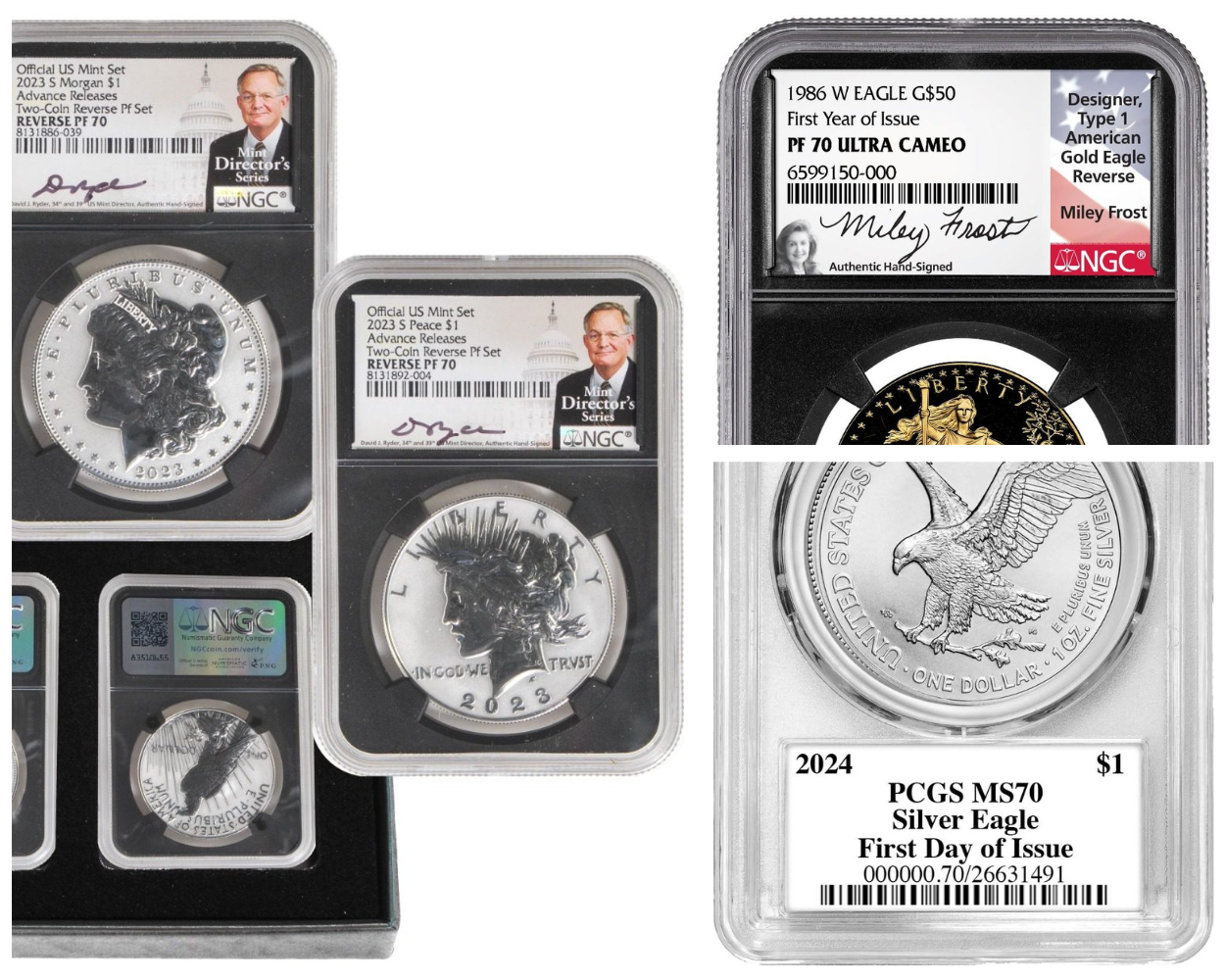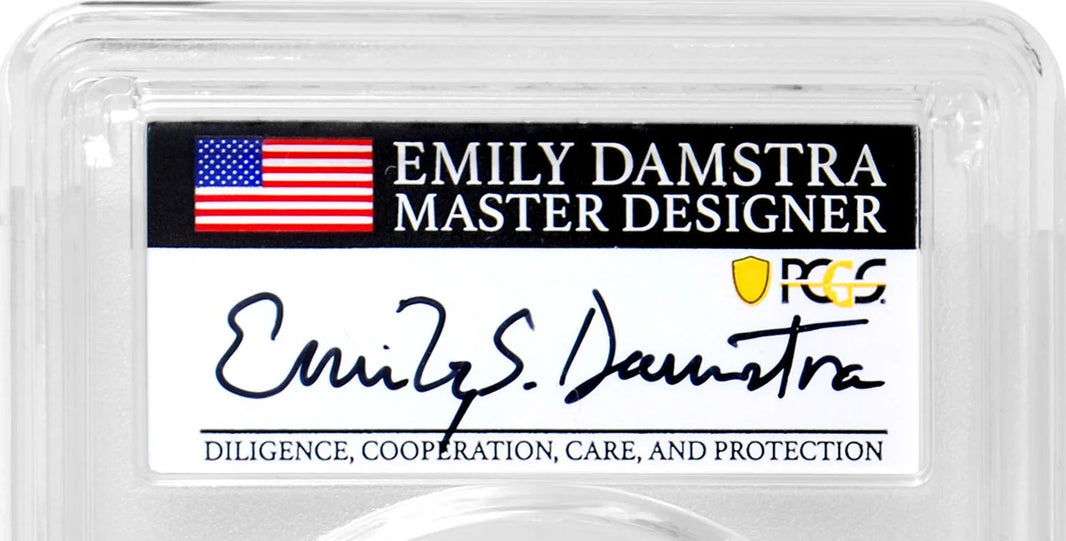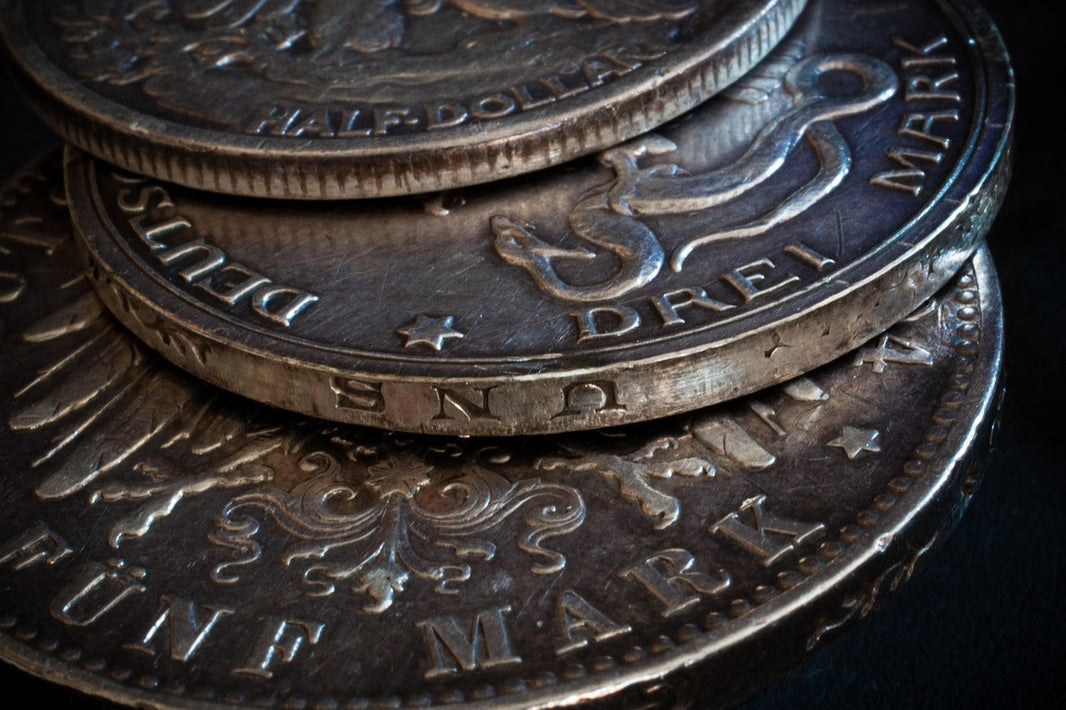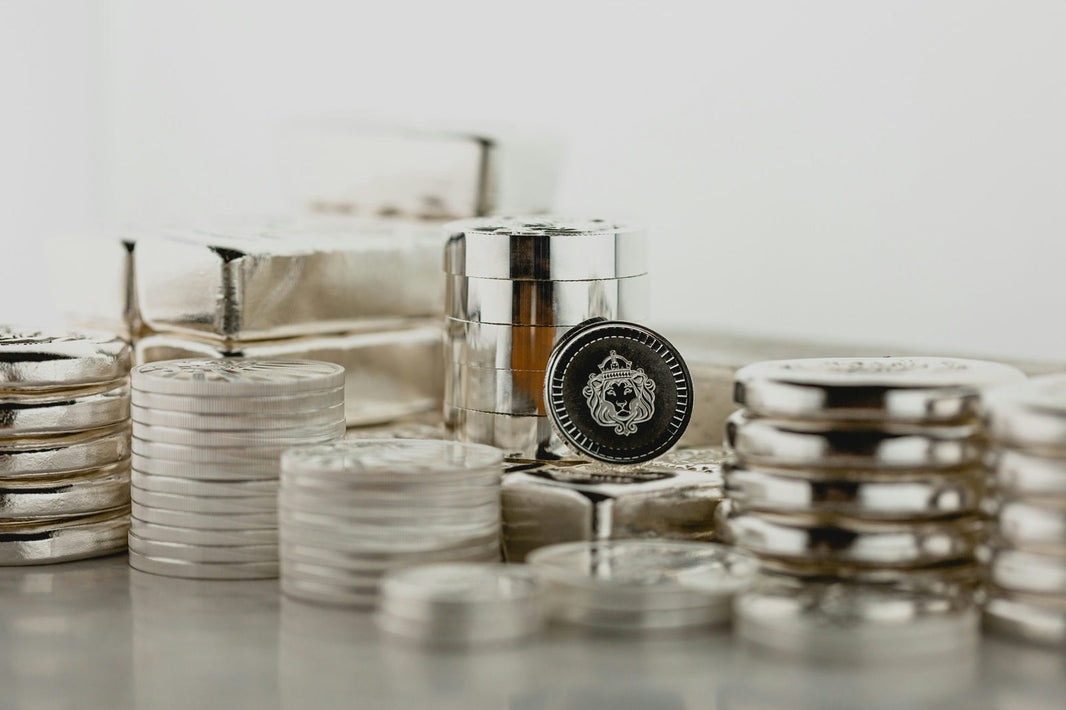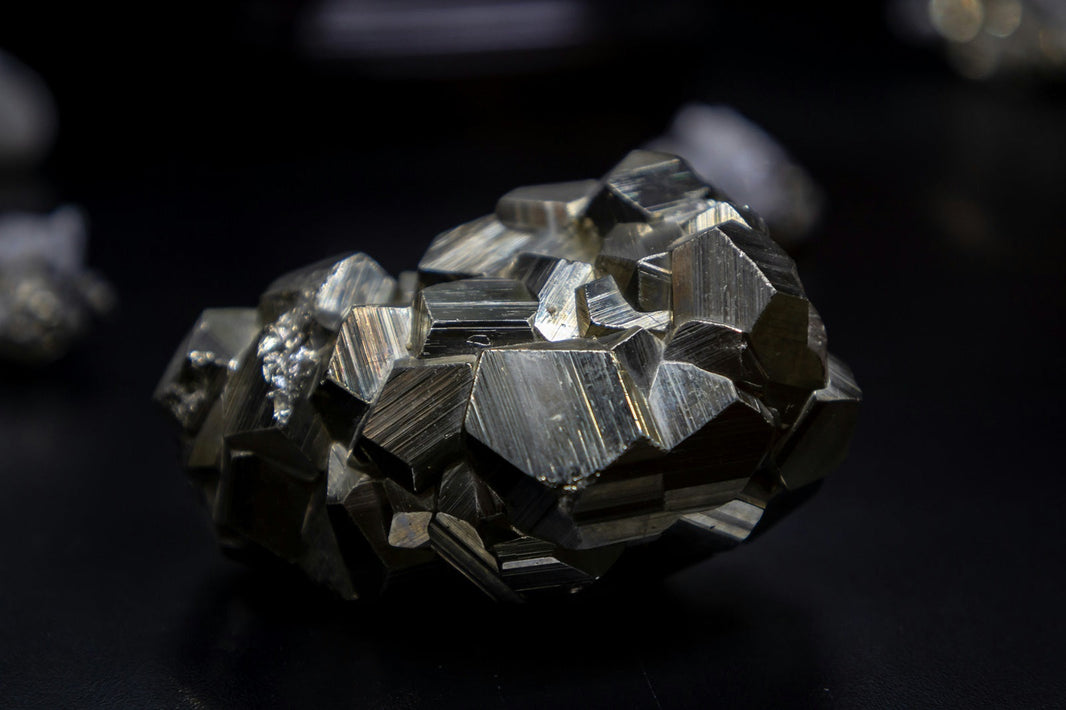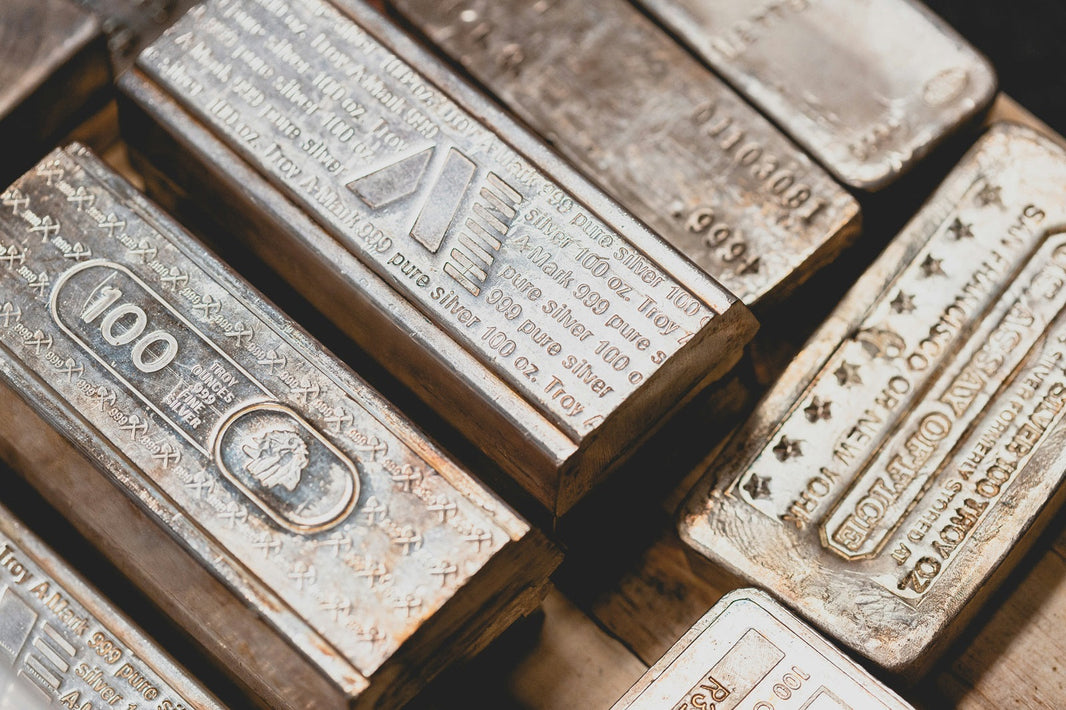1What Is MS70 Coin Grade
MS70 stands for Mint State 70, and it represents the pinnacle of perfection in coin condition. When you encounter this designation, whether on the plastic casing of a graded coin or in numismatic discussions, you’re dealing with a coin that has achieved the highest possible grade according to the American Numismatic Association (ANA) grading scale. But what does that really mean?
- Mint State: The term “Mint State” refers to the condition of a coin as it left the minting facility. In other words, it’s the state of a freshly minted coin before it enters circulation. Coins in Mint State have not been used in transactions, haven’t suffered wear, and haven’t been exposed to the elements.
- The Perfect 70: Now, let’s focus on that magical number: 70. An MS70 coin is flawless. It doesn’t exhibit any signs of scratches, wear, or imperfections—even when examined under 5x magnification. To the naked eye, these coins appear brand new, as if they were just struck moments ago.
Facts and Insights about MS70 Coins
Here are some additional points to enhance our understanding:
- Modern Graded Bullion Coins: MS70 coins are often associated with modern bullion coins. These coins are typically shipped directly to established graders right after minting. As a result, they almost always receive the highest rating possible. However, it’s essential to recognize that the MS70 rating primarily reflects the coin’s condition, not its inherent value or rarity.
- True Numismatic Coins: True numismatic coins have a rich history. They circulated during times when the United States used silver and gold as everyday currency. Despite their high value, rarity, and purity, these coins wouldn’t receive an MS70 rating due to their wear and handling over the years.
- Avoiding Misleading Scenarios: Some investors fall into the trap of paying a premium for MS70 coins without fully understanding their context. Coin dealers occasionally exploit the public’s lack of knowledge about grading systems, leading buyers to believe that the MS70 rating signifies both rarity and condition. In reality, it primarily indicates the latter.
- Circulated Coins and MS70: Circulated coins—those that have seen general use—cannot achieve an MS70 grade. The highest grade a circulated coin can attain is known as “about uncirculated”, which allows for light wear on the high points of the coin’s design.
The Pitfalls
While MS70 coins are impressive, here are a few pitfalls to be aware of:
- High Numbers: Many coins minted today receive MS70 ratings due to their sheer volume. Consequently, their value can be diluted. Always consider the broader context and rarity when evaluating a coin’s investment potential.
- Premium Pricing: Be cautious when paying a significant premium for MS70 coins. Ensure that you’re not overpaying based solely on the grade. True numismatic value extends beyond condition.

Is MS70 Worth the Investment?
The value of an MS70 coin hinges on several key factors:
- Rarity of the Coin Issue: Commonplace coins in MS70 will hold less value than exceptionally rare coins in the same pristine condition. Think of it this way: a common coin minted in vast quantities is more likely to have surviving examples in flawless condition, whereas a rare coin with a limited mintage automatically becomes more extraordinary when found in MS70.
- Coin Type: Certain coin types are more predisposed to achieving MS70 grades. For instance, commemorative issues often have limited mintages and are frequently handled with care by collectors, increasing the odds of encountering them in top condition. Conversely, bullion coins minted for everyday circulation are produced in massive quantities, making pristine examples less rare.
- Market Demand: Ultimately, the worth of any MS70 coin is determined by what a collector is willing to pay. Factors like historical significance, coin type, and overall scarcity all influence desirability. A common coin in MS70 might hold less value than a more ordinary coin with a rich historical backstory, simply because collectors are more eager to own a piece of history in pristine condition.
Here's a table to illustrate the impact of rarity on MS70 coin value:
| Rarity of Coin Issue | Value Impact |
| Common | Lower Value |
| Uncommon | Moderate Value |
| Rare | High Value |
| Extremely Rare | Very High Value |
Beyond Rarity: Additional Considerations
Before diving headfirst into the MS70 market, consider these additional factors:
- Budget: MS70 coins can be expensive. It's crucial to determine if such a coin aligns with your collecting budget. Prioritize coins that resonate with you as a collector, not just their potential value.
- Investment Potential: While some MS70 coins, particularly those from rare issues, can appreciate in value, it's not guaranteed. The coin market can fluctuate, and economic factors can influence prices. Focus on building a collection you enjoy rather than solely on coins as investments.
- Personal Satisfaction: If an MS70 coin holds historical significance or fills a gap in your collection by completing a set or representing a specific mint year, the value may outweigh the cost for some collectors. The joy of collecting and the fulfillment of completing a set can be a significant factor.
MS70 vs PR70
While MS70 reigns supreme for circulated coins, there's another top contender in the coin grading arena: Proof 70 (PR70). PR70 denotes specially minted, pristine coins with a matte finish and sharper details. Unlike MS70 coins intended for circulation, PR70 coins are collector's items from the outset.
The distinction between MS70 and PR70 boils down to their origin and characteristics:

Additionally, Proof coins often have a distinct cameo contrast, where the raised design elements appear frosted against a darker background. This effect is not typically seen on MS70 coins.
When it comes to value, PR70 coins can rival MS70 depending on the factors mentioned earlier (rarity,coin type, and market demand). In some cases, exceptionally rare coins might see higher values in PR70 condition due to their limited mintage and unique presentation.
MS70 Grading Standards
Attaining the coveted MS70 grade requires a coin to meet stringent criteria established by professional grading services like NGC (Numismatic Guaranty Corporation) and PCGS (Professional Coin Grading Service). Here's a breakdown of what qualifies a coin for MS70 glory:
- No Visible Imperfections: Under 5x magnification, the coin should exhibit no scratches, nicks, denting, or wear marks. Even a minuscule imperfection can disqualify a coin from achieving MS70. Imagine a meticulous inspector scrutinizing the coin's surface for the slightest flaw.
- Full Strike: The coin design elements should be fully formed with sharp details. The lettering, rims, and central devices must be crisp and well-defined. Think of a perfectly formed impression of the original die on the coin's blank metal planchet.
- Original Mint Luster: The coin should retain its original mint luster, a radiant sheen on the coin's surface that reflects light. A lack of luster could indicate the coin has been cleaned or handled excessively. Imagine a coin that appears as if it just emerged from the mint, with its original brilliance preserved.
- Eye Appeal: The overall visual quality of the coin should be exceptional, free of any distracting flaws or toning (gradual discoloration). A coin with excellent eye appeal will have a harmonious aesthetic that is pleasing to the eye. Imagine a coin so visually captivating that it draws you in and compels admiration for its pristine condition.
Grading is both art and science, with experienced professionals meticulously examining each coin under high magnification. They consider all the above factors to assign a grade that accurately reflects the coin's condition.
Beyond MS70: Exploring the NGC and PCGS Grading Scales
While MS70 represents the pinnacle for circulated coins, the Sheldon scale offers a nuanced range of grades for collectors to consider. Here's a brief overview of the grading system used by NGC and PCGS, along with some additional details about MS grades:
- MS60 to MS69: These grades encompass circulated coins with varying degrees of wear and imperfections. An MS60 coin will exhibit noticeable wear, while an MS69 specimen might have slight imperfections only visible under magnification.
- Mint State Details (MS Details): This designation signifies a circulated coin with a grade between MS60 and MS70 that also has a specific flaw, such as cleaning marks or environmental damage. The details are noted on the grading label to provide additional information to collectors.
- Uncirculated (AU): AU designates coins that were never placed in circulation but may exhibit slight handling marks or imperfections acquired during the minting process.
Understanding the entire grading spectrum empowers collectors to make informed decisions when considering MS70 coins and other graded specimens.
FAQ:
-
Q: What does MS grade mean? A: MS stands for "Mint State" and refers to circulated coins with no evidence of post-mint damage.
-
Q: What is the highest MS rating? A: MS70 represents the pinnacle grade for circulated coins on the Sheldon scale.
-
Q: Is SP70 better than MS70? A: There is no SP70 designation on the Sheldon scale. PR70 (Proof 70) refers to specially minted coins with a matte finish, similar in quality to MS70 but distinct in origin and characteristics. The value of MS70 and PR70 coins can be comparable depending on the specific coin.
MS 70, or Mint State 70, "perfect coin"
The world of coin grading can seem complex at first glance, but understanding terms like MS70 empowers collectors to navigate this fascinating realm. MS70 represents the pinnacle of perfection for circulated coins, a testament to preservation and flawless condition. Whether you seek an MS70 coin as a cornerstone of your collection or simply appreciate the pursuit of perfection in coinage, this knowledge paves the way for informed collecting decisions and a deeper appreciation for the history and beauty these coins embody.


